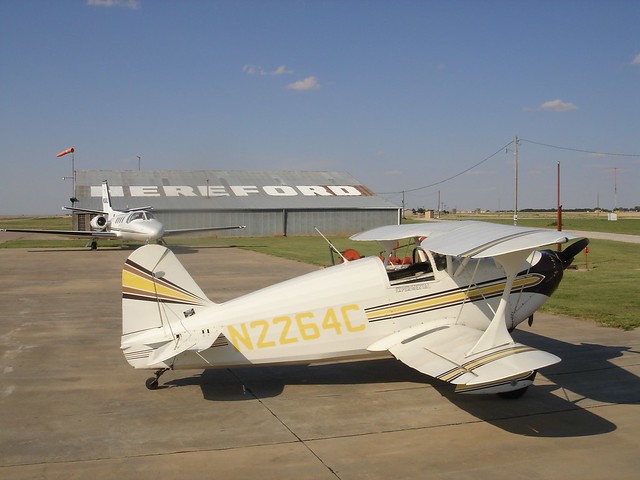radioguy01
Pre-Flight
- Joined
- Jan 12, 2014
- Messages
- 46
- Display Name
Display name:
radioguy01
Hi all,
I am a super new student, with about 5 hours behind the stick. I just want to make sure that I understand exactly what I'm doing when landing.
My question is this: when I'm in the pattern for landing in my trainer C-172 and I have full flaps and idle engine power, this is not enough to keep the plane in the air, correct? Even if I tried to keep the nose level, I would still lose altitude, correct? So when I go to land, I nose down for some speed and to keep my sight picture right, add power as needed, but when I'm just about to land I pull back (my flare), and even if I tried to fly completely straight and level, my plane would drop onto its wheels because with idle power and full flaps the plane will not maintain its altitude. Is that the essence of landing?
Thank you
I am a super new student, with about 5 hours behind the stick. I just want to make sure that I understand exactly what I'm doing when landing.
My question is this: when I'm in the pattern for landing in my trainer C-172 and I have full flaps and idle engine power, this is not enough to keep the plane in the air, correct? Even if I tried to keep the nose level, I would still lose altitude, correct? So when I go to land, I nose down for some speed and to keep my sight picture right, add power as needed, but when I'm just about to land I pull back (my flare), and even if I tried to fly completely straight and level, my plane would drop onto its wheels because with idle power and full flaps the plane will not maintain its altitude. Is that the essence of landing?
Thank you



